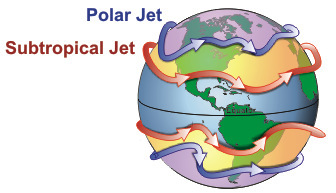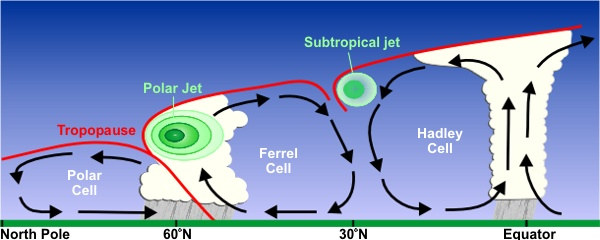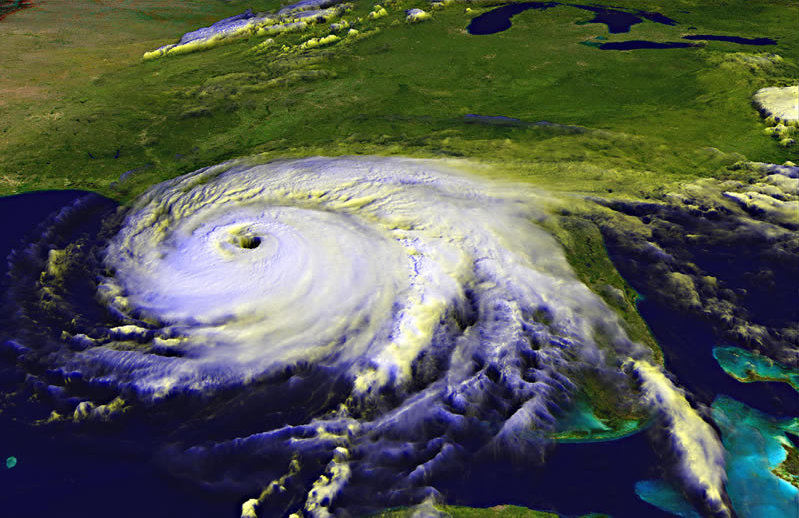Jet Streams & Feeder Bands
© Charles ChandlerJet streams are curious phenomena, as "rivers of wind" within the atmosphere, sporting much higher velocities (as much as 120 m/s). The laminar flow proves that the wind is being pulled by a low pressure — a high pressure that pushes wind creates a turbulent flow. But what enables the jet streams to move so much faster than the surrounding air?













